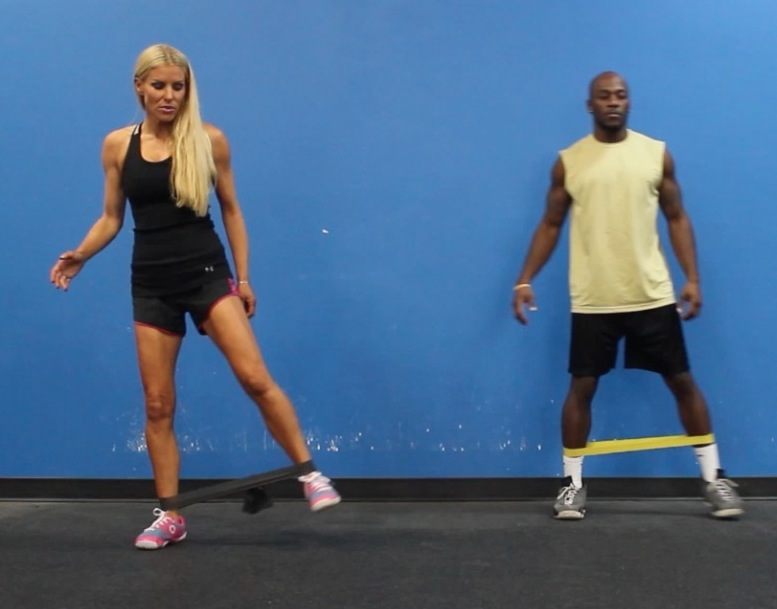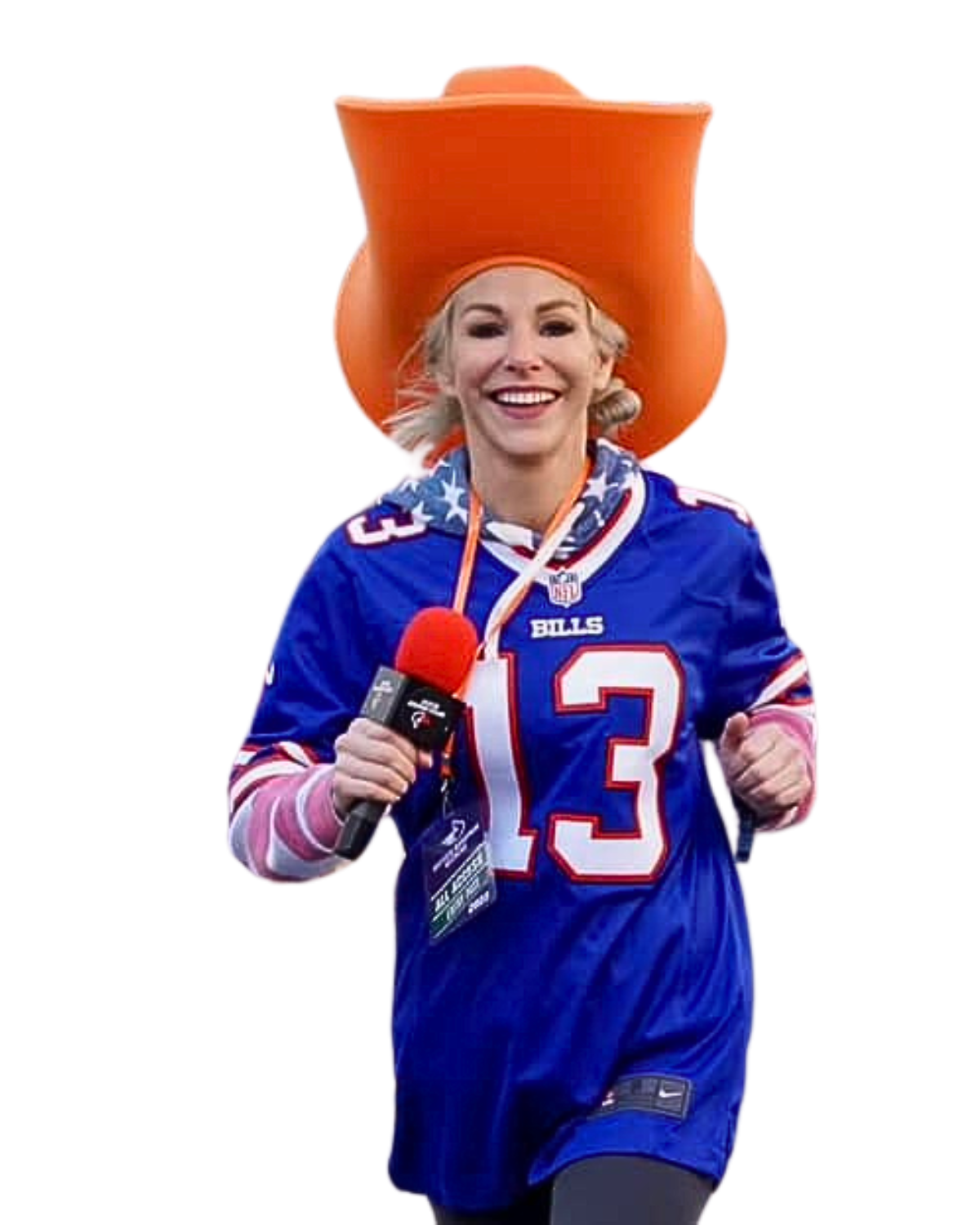If you’re serious about strength training, it’s important to focus on more than just the major muscle groups. Smaller muscles like your forearms, wrists, anterior tibialis, and rotator cuffs are often overlooked but play a crucial role in your overall strength. Reverse wrist curls might seem unnecessary, but once you realize how often your forearms are at work, you’ll understand the importance of giving them some attention.
What Are Wrist Curls?
Wrist curls are an isolation exercise that targets the forearm muscles. To maintain balance and symmetry, they’re usually paired with the reverse wrist curl, which targets the opposing muscles. The exercise works several muscles: the biceps brachii, brachioradialis, and brachialis under the biceps, as well as the forearm muscles like the palmaris longus and the flexor carpi radialis.
Reverse Wrist Curl Benefits
Grip Strength
A strong grip is essential for lifting heavier weights and performing suspension exercises. By working your extensors, reverse wrist curls improve your grip strength, making everyday tasks, like carrying groceries, easier. It also enhances performance in compound lifts.
Proportional Forearms
While bicep and wrist curls often overwork forearm flexors, reverse wrist curls target the extensors, helping to create a more balanced forearm. This exercise improves forearm endurance and helps prevent the imbalance that can result from neglecting the extensors.
How To Perform Reverse Wrist Curls
Standing Reverse Wrist Curls
For this variation, grab a pair of dumbbells or a barbell with an overhand grip. Stand with your feet shoulder-width apart, knees slightly bent, and arms extended by your thighs. Curl the barbell or dumbbells up to your shoulders, hold for a second, and then lower it back down. Focus on slightly flexing your wrists at the top of the movement to activate the forearm muscles. Repeat for 3-4 sets of 15-20 reps. Always control the weight and use high reps for maximum benefit.
Reverse Wrist Curls Using a Bench
You can also perform reverse wrist curls using a bench in two different ways. Seated: Sit on a bench with your feet on the ground and thighs parallel to the floor. Hold dumbbells with an overhand grip and place your wrists on your knees, palms facing down. Curl your wrists up and down while keeping your arms still. Over-the-bench: Stand over a bench, grip a barbell with an overhand grip, and place your forearms on the bench. Bend your wrists downward to feel a stretch, then extend them and squeeze your forearms to return the barbell to the starting position.
Common Mistakes
- Lifting Too Much Weight
Forearms and wrists are smaller muscles, so avoid using heavy weights like you would for larger muscle groups. Use lighter weights and focus on high reps to engage the slow-twitch muscles in the forearms. - Thrusting the Weight
Control is key in reverse wrist curls. Don’t rush the movement or use jerky motions. Keep your movements steady, and avoid half reps to get a full range of motion and a stronger contraction.
Alternatives and Variations
If reverse wrist curls feel too difficult, try isolating one arm at a time with dumbbells instead of a barbell. You can also experiment with other variations, such as cable wrist curls, plate wrist curls, EZ bar reverse curls, thick bar reverse curls, wrist rollers, or wrist twists.
Reverse wrist curls are an essential exercise for developing balanced forearms and improving grip strength. Focus on proper form, use lighter weights, and gradually increase the reps as your endurance builds. With consistent practice, you’ll notice improved performance both in the gym and in everyday tasks.






